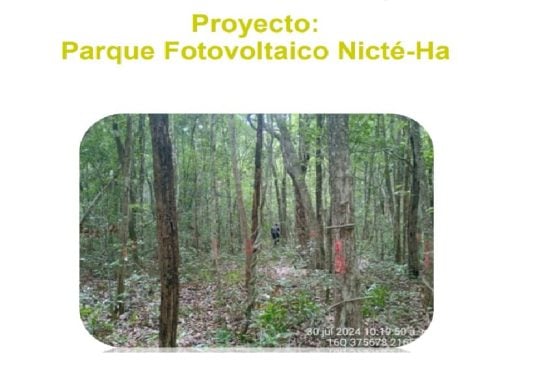Felipe Carrillo Puerto, Q.R. — The Caste War Museum in Tihosuco has been reopened with a large investment that includes a special collection. The announcement was made Sunday by Governor Mara Lezama who said the reopening was part of a historical debt with the left-behind Maya Zone.
“As part of the actions to settle the historical debt with the Mayan Zone, investment is being made that houses the history of the Mayan people for the world to be able to learn about,” she said.
The Governor highlighted an investment of 5.5 million pesos and specified that there is a special collection of 34 elements from the National Museum of Anthropology included in the museum.
Lezama says the Caste War Museum has been completely renovated with an investment of 5.5 million pesos, and adorning the 177th anniversary of the Mayan social war. With this investment, the museography was changed in accordance with each of the official guidelines, which completely transformed its interior.
“This museum represents the living testimony and grandeur of a people who fought for their freedom and the strengthening of their traditions. Visiting it is discovering the footprint of our history and the changes we have experienced in the journey of the Mayan people,” explained the Governor.
“Inside, you can find hundreds of objects donated by the population in addition to a collection of 34 items donated by the National Museum of Anthropology, which speak for the women and men behind these changes, the ideals they championed, the battles they undertook and the triumphs they achieved,” she said.
Lezama said her government wanted to turn the museum into a place that reflects the extraordinary trajectory of the Mayan people and the transformation of Quintana Roo, which is about to turn 50 years old.
“A meeting place where we can all identify and recognize ourselves, where this museographic work takes place in which, in addition to the institutions, children and adolescents from Tihosuco actively participated in the preparation of the materials and the assembly in order to become, together with their parents and grandparents, guardians of this cultural heritage,” she said.
The museum also hosts an artesian shop where visitors can find find locally handmade works of art.


